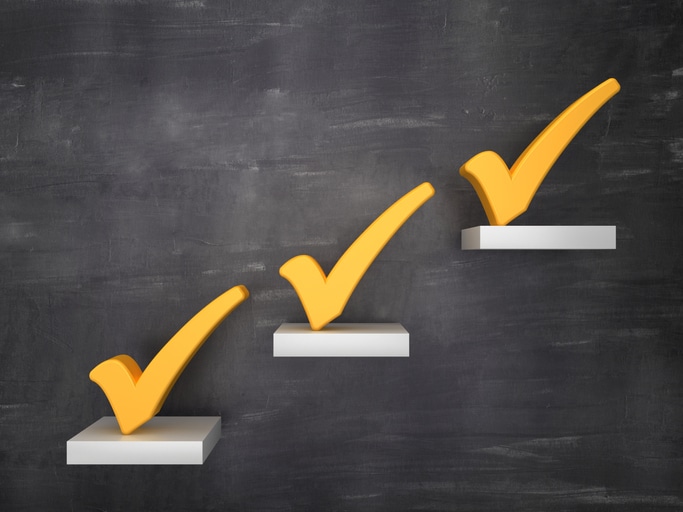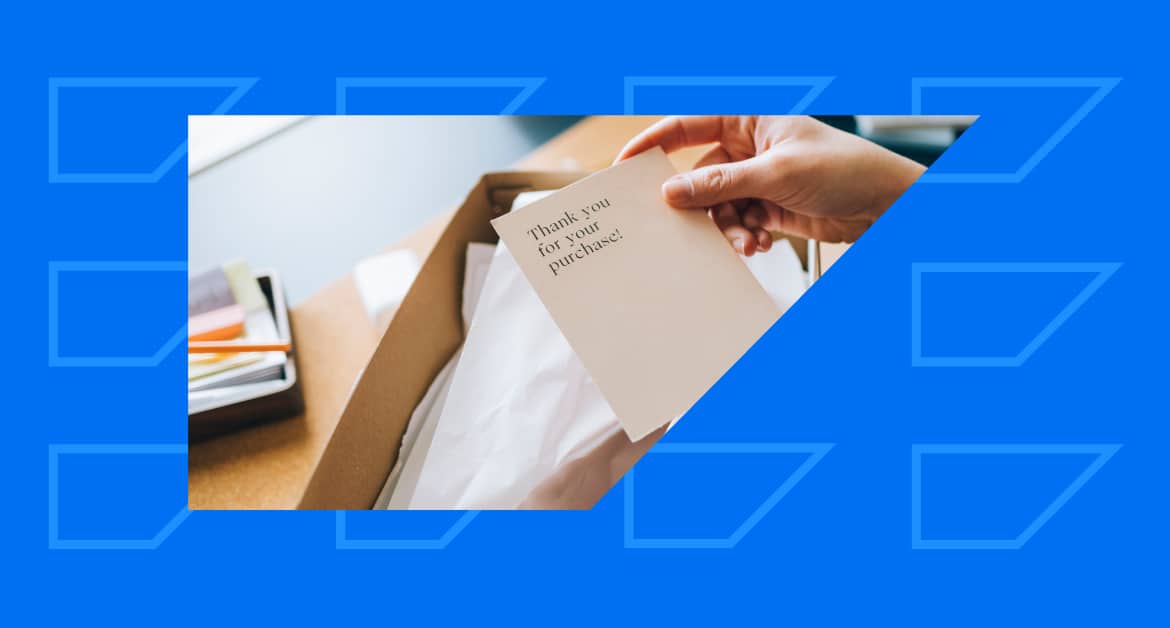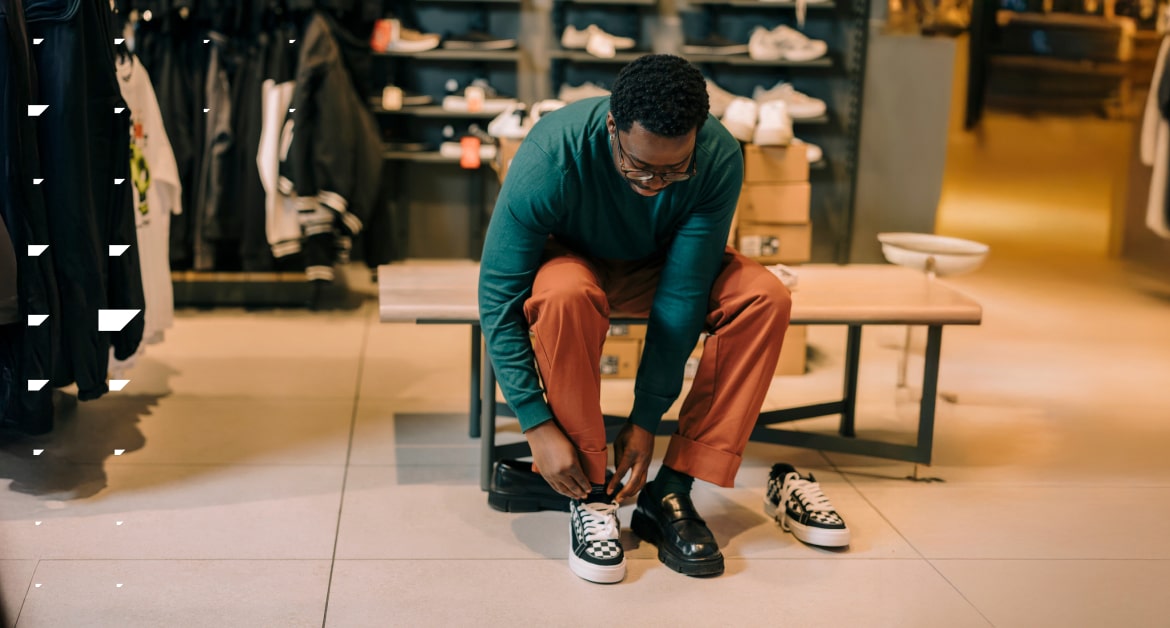COVID ushered in the digital era of retail, turning many online-curious customers into full-fledged digital-first shoppers. And now that these customers have had a taste of the convenience and efficiency that online shopping affords them, they’re likely to continue the habit.
But now that many physical stores are beginning to re-open, where will customers prefer to shop? Online? Or in-store? In truth, it’s both — every and all channels are in play.
Regardless of where and how your customers prefer to shop, your primary objective as a retail marketer remains unchanged: deliver exceptional, highly satisfying experiences that keep customers returning to your brand again and again (and positively impact the bottom line for the business).
This means customer loyalty is more important than it’s ever been.
In a recently released IMRG report Driving Customer Loyalty in a Digital Era, created in partnership with Emarsys, we are given insights into how current online growth will continue, how store openings might impact purchasing patterns, and how customer expectations may change in the future — all of which can help guide your approach for driving customer loyalty in this new digital era of retail.
Here are a few key highlights.
Skip the Assumptions
It goes without saying that customers are your most critical asset. But if you’re not careful, it’s easy to take customers for granted. Each and every customer is different and unique, with their own set of needs and desires. Making broad assumptions about customers is risky, especially if you’re making those assumptions about their behaviors.
For example, not every customer responds the same way to discounting. Some respond positively (i.e., it motivates them to purchase), whereas some might be indifferent (i.e., they would’ve gladly paid full price) or deterred (i.e., things always go on sale, I’ll just wait for the next promotion). Additionally, their response to discounting may vary by channel.
If you understand your customer, and their behaviors, and their motivations on a granular level, you can better respond to their needs. This can also protect your margins. By doing so, you won’t be offering blanket discounts to customers who would’ve happily purchased at a higher price point.
In the end, you’ll ensure the customer has a positive experience, and one that makes them more likely to return in the future.
Want all the insights for driving customer loyalty? Get the full IMRG x Emarsys Report.
What Customers Want From a Loyalty Program
There was a time when you could give a customer a punch card, tell them “buy nine of [your product] and the tenth one is free,” and that was how you’d drive loyalty.

Today’s customer is savvier, has higher expectations, and is flush with brand options. If you don’t make them feel valued, you’ll struggle to earn their loyalty, and they’ll take their business to a brand that will. That’s why points and discounts alone aren’t enough.
As stated in the IMRG report, “38% of UK shoppers would like to see greater loyalty benefits from regular shopping with brands.” So there is an appetite for customer loyalty programs. But it’s on you as a marketer to determine what your customers truly desire from a loyalty program (Is it exceptional customer service? Exclusive access? VIP treatment?) and deliver that experience.
Your loyalty offering should entice customers to continue engaging with your brand time after time in multiple ways and on multiple occasions. Focus on building lasting relationships that lead to greater CLTV.
Get Personal (But First, Get the Data)
Customers want a personalized experience. The more you can tailor a customer’s shopping experience to their individual taste and preferences, the more understood and appreciated they’ll feel. And of course, a customer is much more likely to take action on a highly relevant product recommendation than they are a general, one-size-fits-all recommendation.
But 1:1 personalization requires the right data — data that must come directly from the customer.
Find out what you know, and don’t know, about your customers (in terms of data). This determination should be part of your personalization strategy. Work to fill in any data gaps by encouraging customers to share data, and be clear on what they will receive in exchange for that data. In light of recent changes to data permissioning and collection, it’s especially vital that you do this with diligence.
Getting 1:1 personalization right will enable you stand out from competitors and drive customer loyalty.
Final Thoughts
2020 rushed digital-first retail to the forefront. In 2021, we’ll find out how digital retail balances into the mix of a complete shopping experience for the customer. You need to continue earn your customers’ loyalty by providing them with the highly satisfying 1:1 omnichannel experiences they desire, no matter whether they prefer to shop online, in-store, or both,
As you consider how customer loyalty will factor into your brand’s future, especially in light of all the change in retail, this report: Driving Customer Loyalty in a Digital Era. This will provide you the insights you need to keep customers coming back to your brand, and deliver results for your business.
Learn even more insights in this latest IMRG x Emarsys Report for Retail >>> Driving Customer Loyalty in a Digital Era.
Handpicked Related Content:











